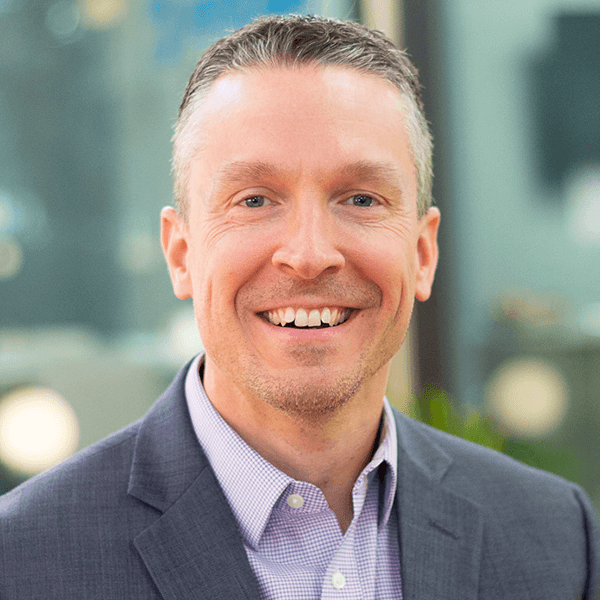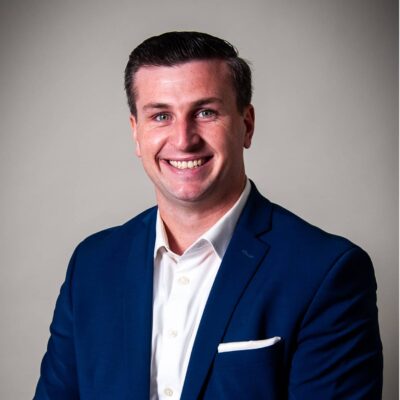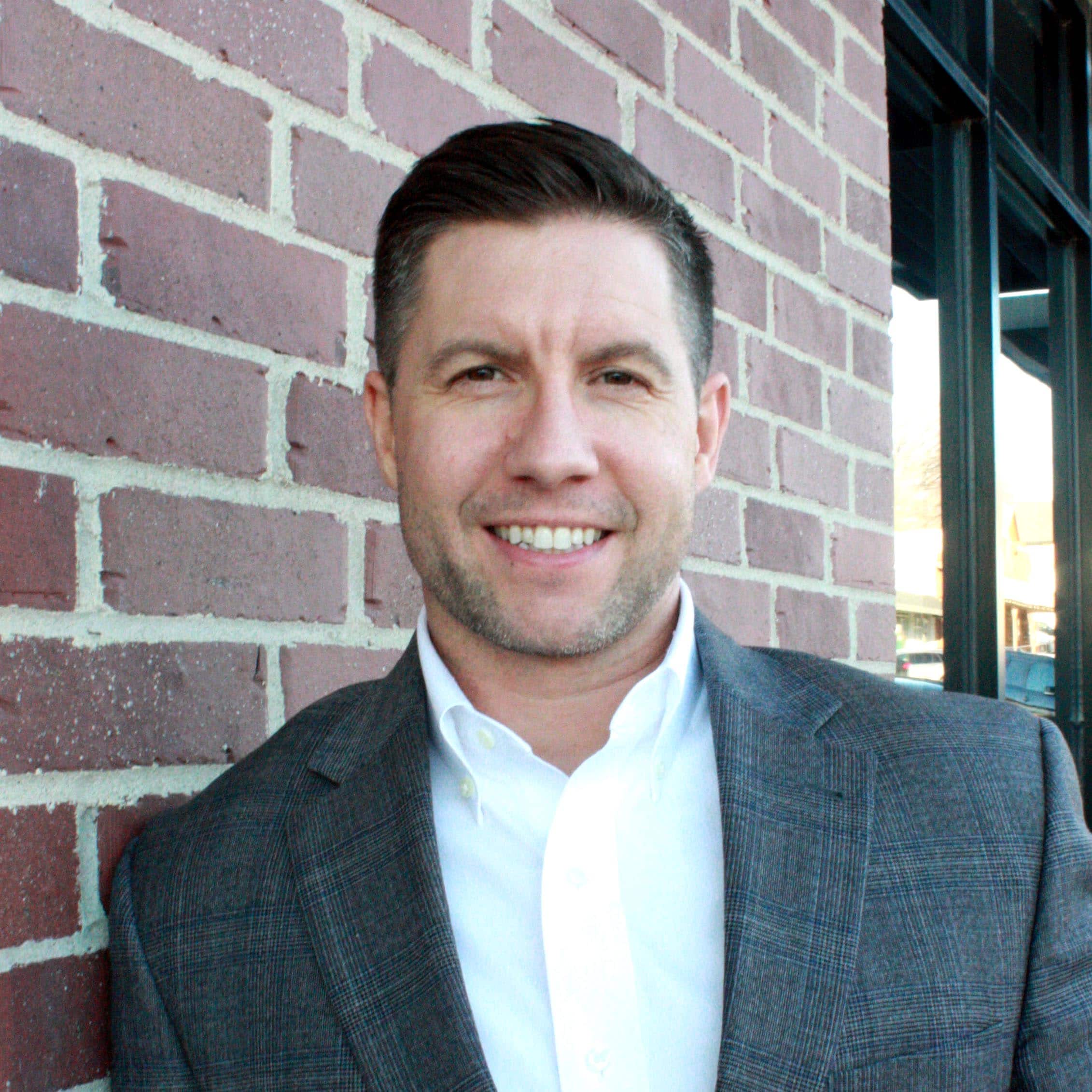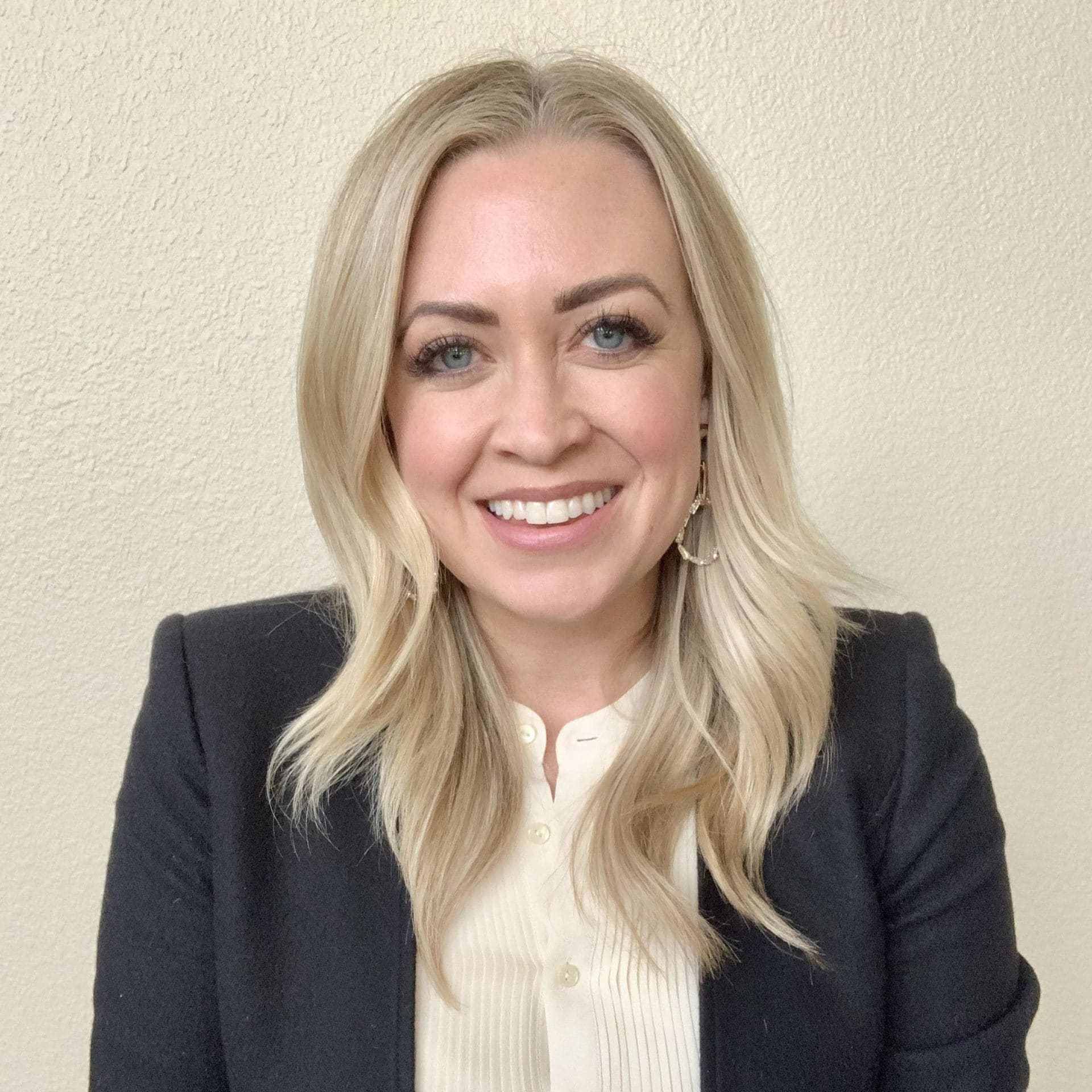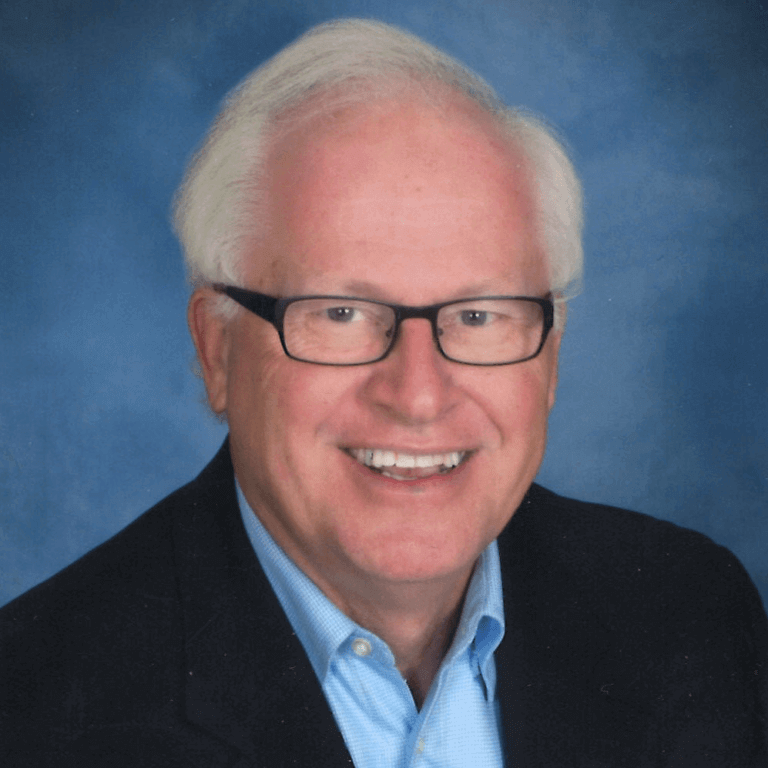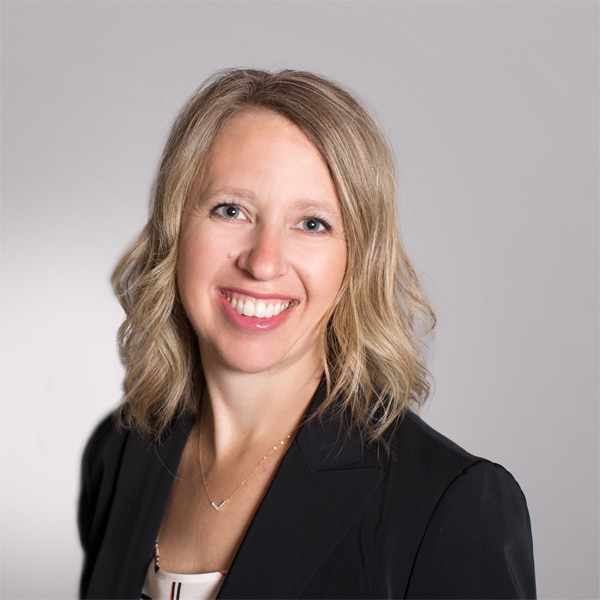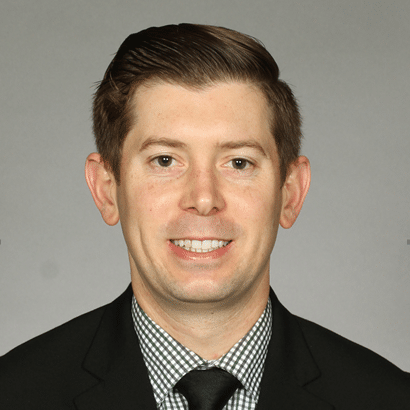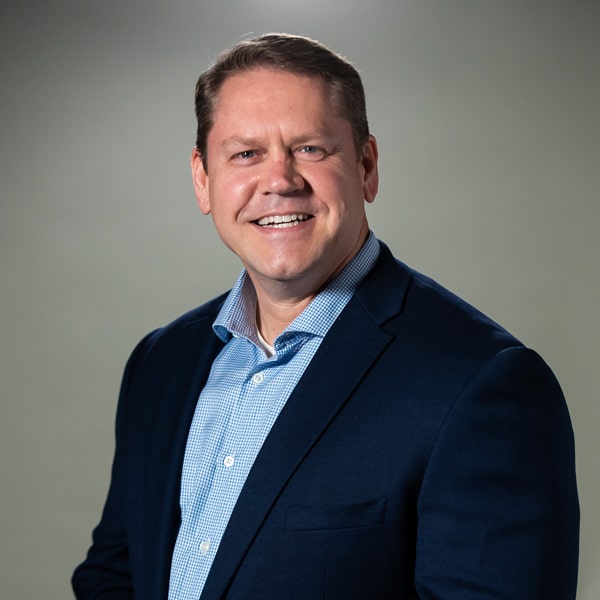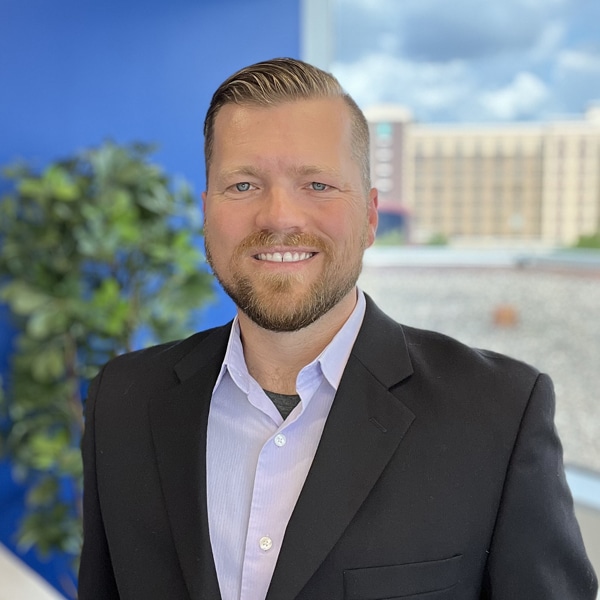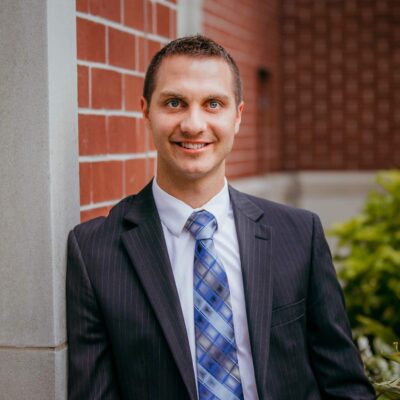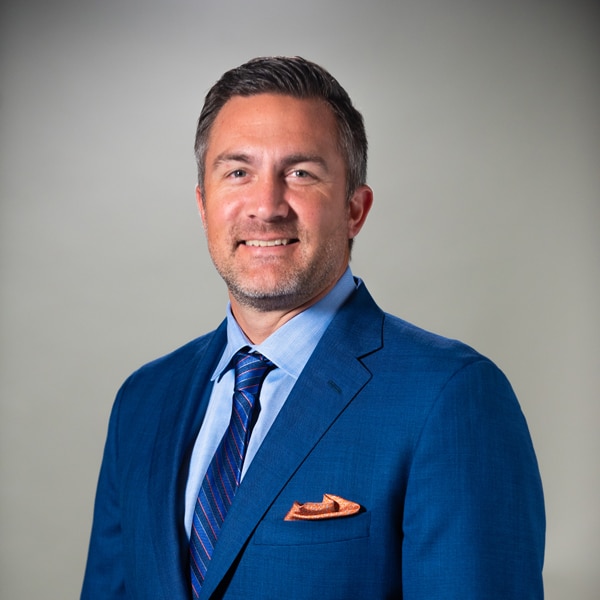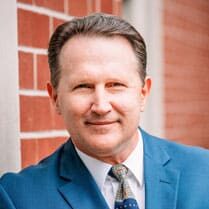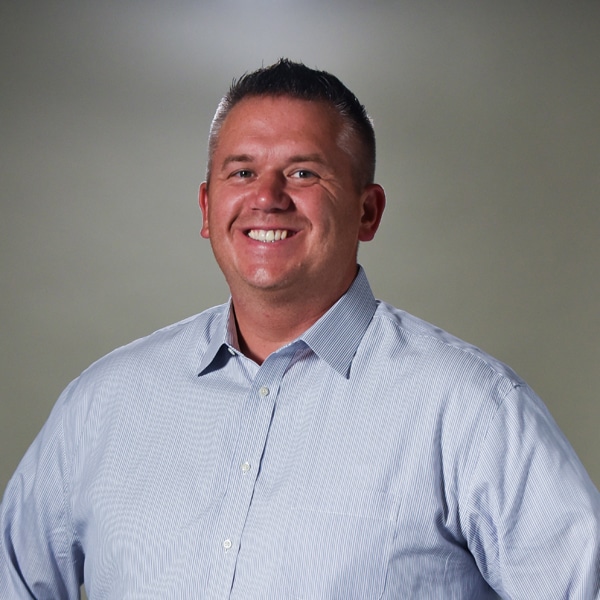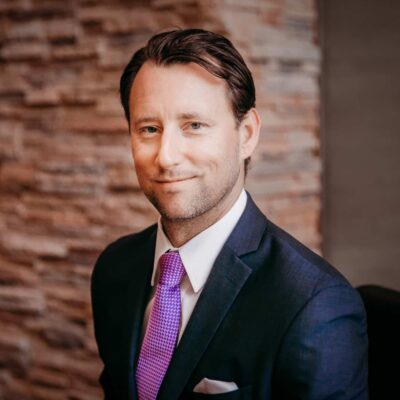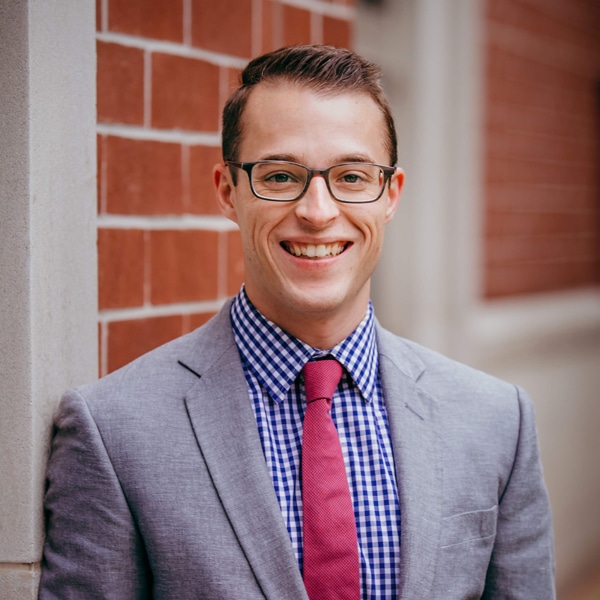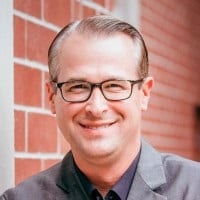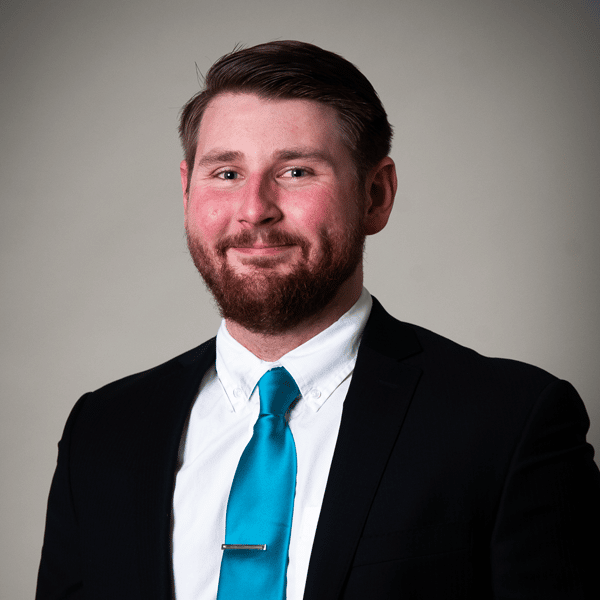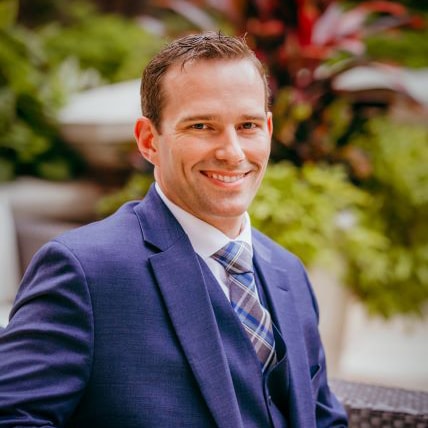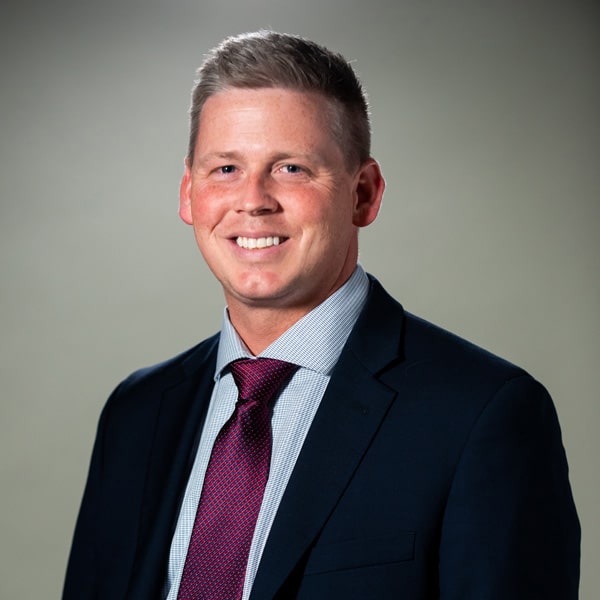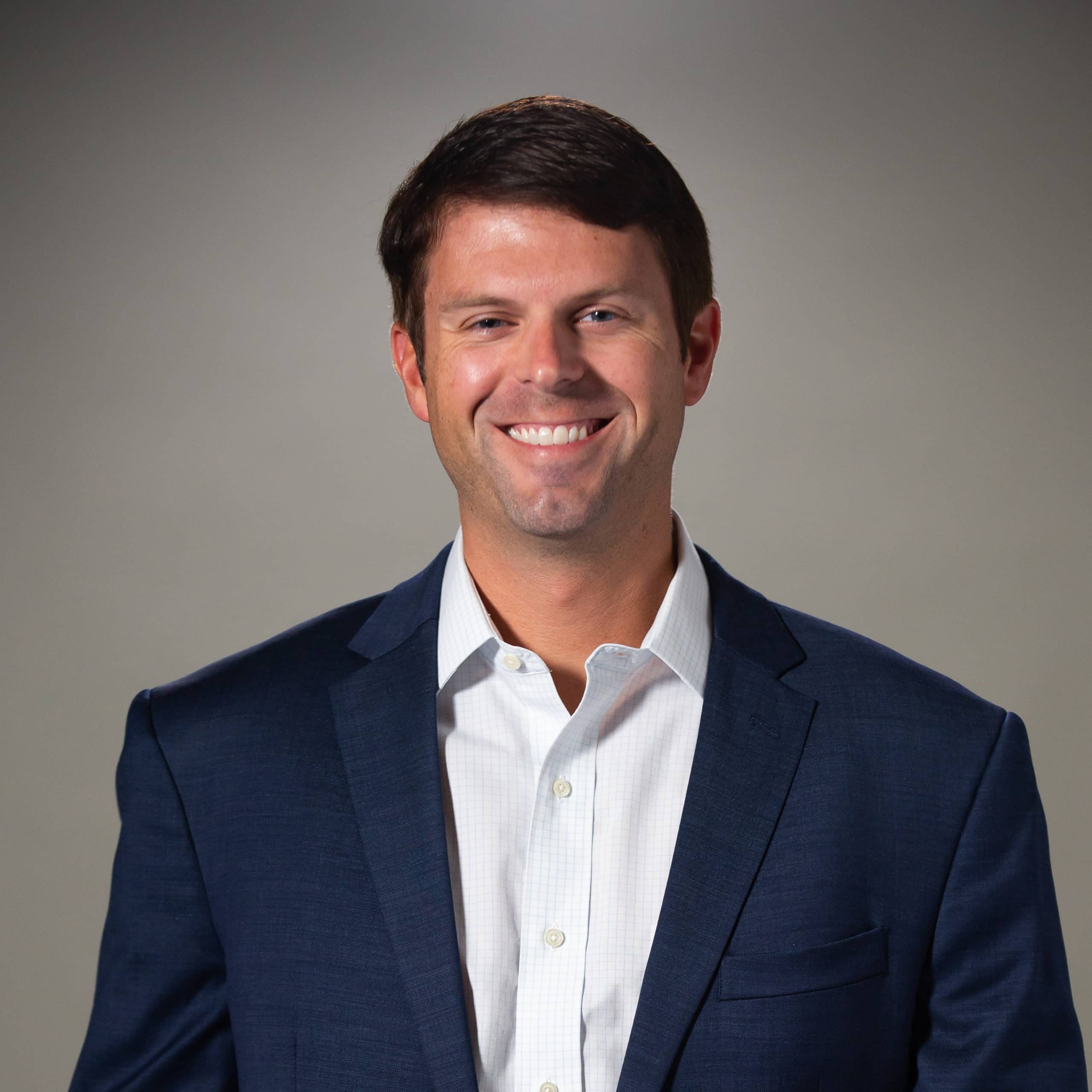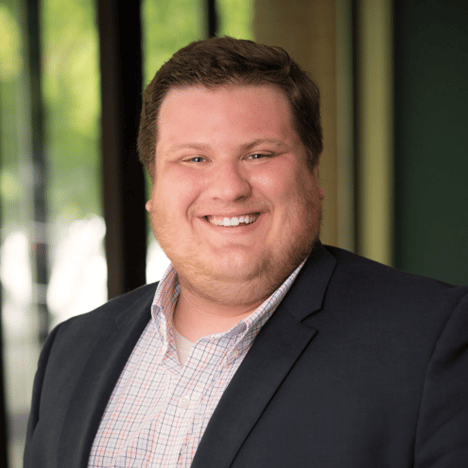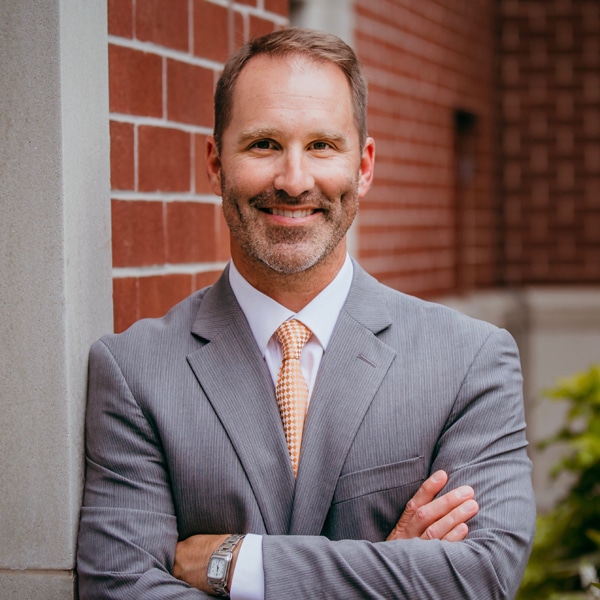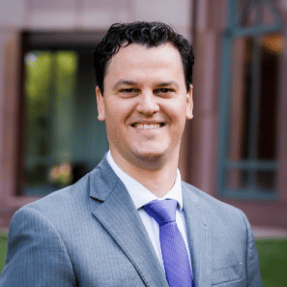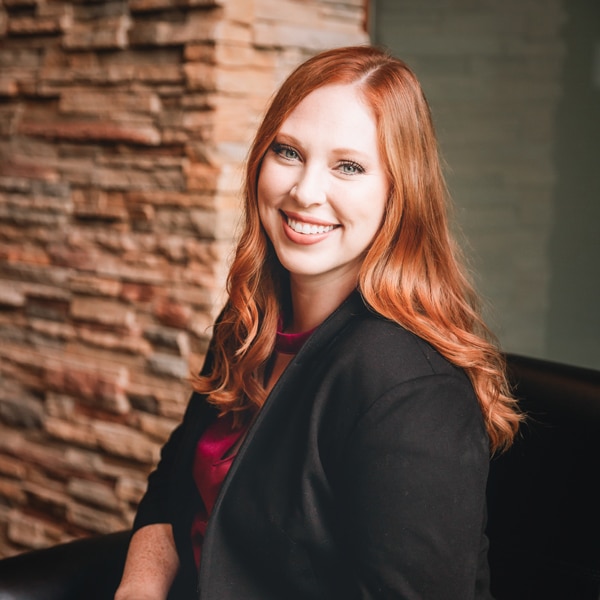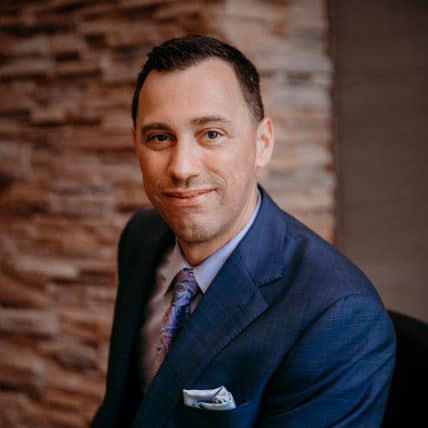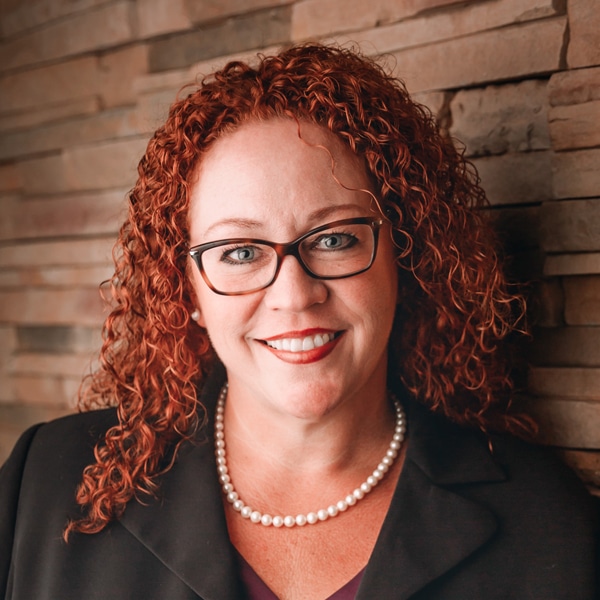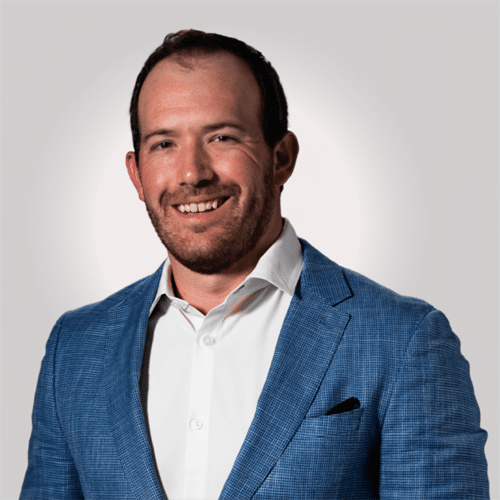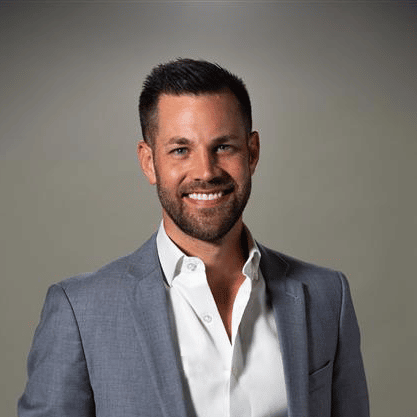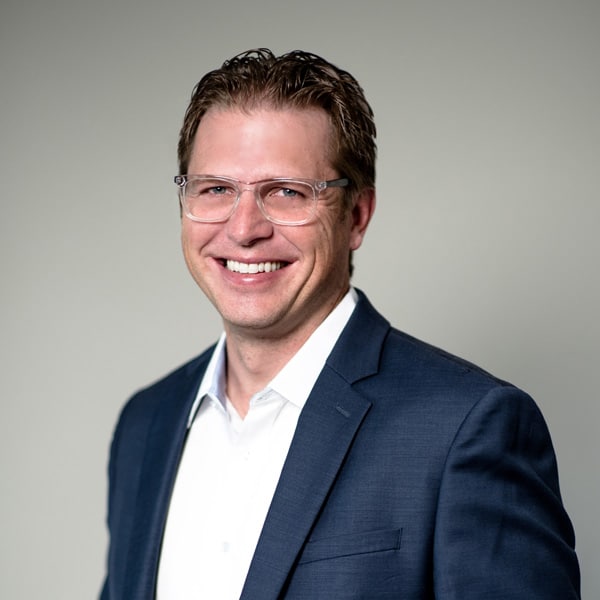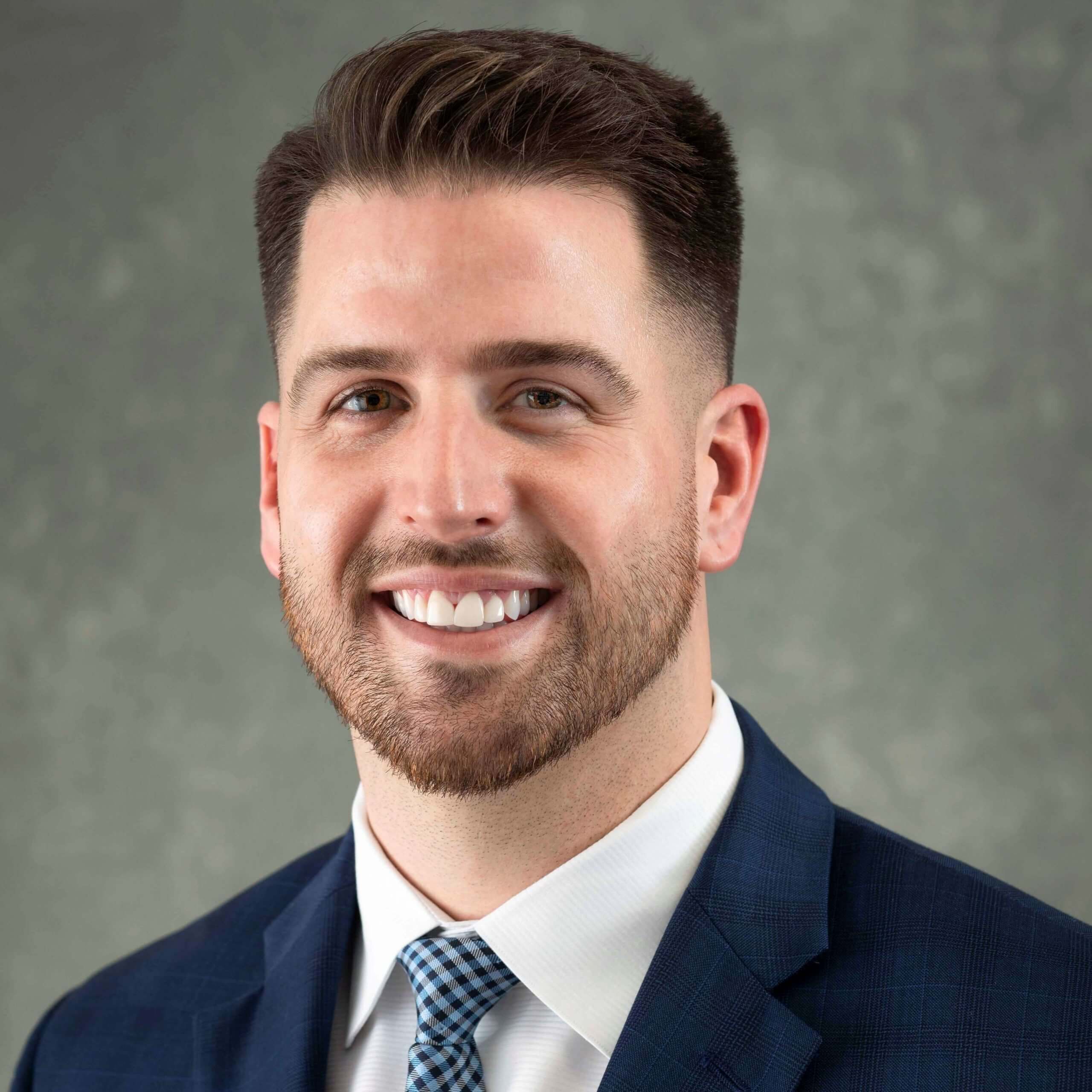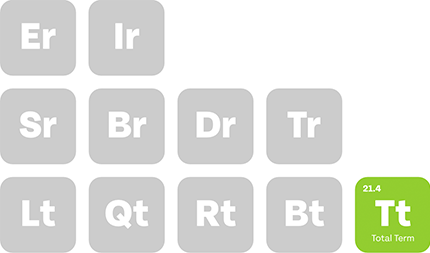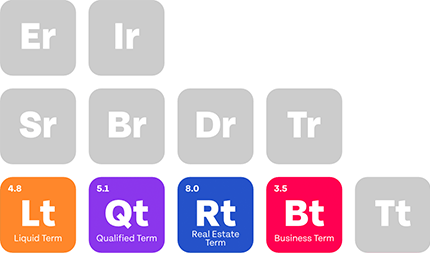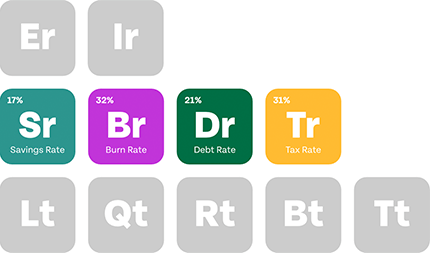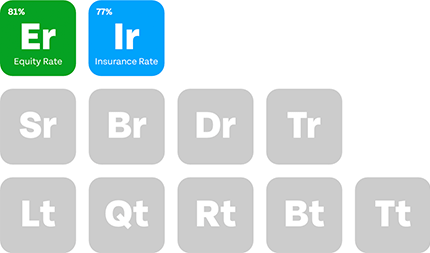In 2018, the average student loan debt for a medical school graduate was a whopping $190,694. Moreover, for a physician with a loan balance of $190,694 on a standard 10-year repayment plan, monthly repayments would cost about $2,000. Looking at these figures, it’s understandable why most new doctors are anxious to secure an attending position. As well as begin paying off their loans as soon as possible after their training.
Fortunately, there are several approaches that residents and young doctors can employ to help expedite their student loan repayment. Furthermore, relocating to a new city or region is an often-overlooked strategy to help young physicians gain serious ground in their loan repayment. By expanding your job search to new places, you may be able to benefit from lucrative employment incentives and loan forgiveness programs. Or a drastically lower cost-of-living.
Get help paying off your loans by working in a medically underserved area
Doctors who are willing to move for a new position have the opportunity to participate in student loan forgiveness. Or assistance programs when they opt to work in medically underserved areas.
In addition, there are a variety of state and federal programs that will offer scholarships, generous repayment assistance. Or potentially complete loan forgiveness to physicians who work for a specific period of time in a community with a shortage of physicians. To qualify for loan forgiveness or repayment programs, you may have to relocate to work in a Health Professional Shortage Area (HPSA). Or a Medically Underserved Area (MUA).
Many HPSAs are found in rural communities, where there is a pervasive lack of physicians to care for local populations. While 19.2% percent of Americans live in a rural area, only 11.4% of doctors practice in rural areas. To learn which locations qualify as HPSAs, check out the HSPA Find Tool from the National Health Service Corps (NHSC) website.
The following are some of the most notable loan forgiveness and repayment programs available to doctors willing to practice in underserved areas
- The NHSC Scholarship offers loan repayment assistance to medical students in their final year of training who commit to serving in HSPA for 3 years full-time. Or 6 years half-time after completing their degree.
- The NHSC Loan Repayment Program offers student loan forgiveness to licensed primary care physicians who work or are applying to work at a facility in an HSPA for 2 years full-time or 4 years half-time.
- The NHSC Substance Use Disorder Workforce Loan Repayment Program offers full loan repayment to medical professionals who serve substance use disorder patients for a minimum of three years.
- Indian Health Service Loan Repayment Program offers loan repayment to physicians who serve for two years full-time in a hospital, clinic, or medical facility administered by Indian Health Service or an Urban Indian Program.
There are a wealth of other loan assistance and forgiveness programs available to doctors who work in rural practices. Several states and state medical associations offer their own scholarship and loan forgiveness programs. For a complete list of programs, visit the Rural Health Information Hub.
Therefore, if small-town living isn’t your cup of tea, you can still take advantage of loan forgiveness programs. Inner-city physician shortages occur in most major metropolitan areas. Where hospitals, clinics, and other medical facilities are not geographically or financially accessible to certain populations within the city. Many urban residents do not own cars. And they live in neighborhoods that are not well-serviced by public transportation. Making it difficult to travel to healthcare facilities. Poor urban areas also face a disproportionate amount of pollutants, accidents, substance abuse, and violence.
In addition to the NHSC, there are a variety of state and federal programs offering loan assistance for doctors who work in underserved urban areas
Whether living in rural or urban areas, Medically Underserved Populations (MUPs) exist in virtually every state. They typically face economic, cultural, or linguistic barriers to receiving health care. Examples of MUPs include homeless people, low-income/medicaid-eligible populations, Native American communities, and migrant farmworkers. To take advantage of loan assistance programs for doctors serving HPSAs and MUPs, you may have to relocate geographically. Anticipate an adjustment as you learn about the lifestyles and challenges unique to every MUP.
Nevertheless, many physicians find practicing in these communities highly fulfilling and intellectually stimulating.
Moving to a HPSA is not always easy, and the work can be challenging. However, if you’re interested in living and working in a new community, you can make a meaningful impact by practicing in high-need areas. While simultaneously erasing your student debt in a few short years.
Move to a city with a lower cost-of-living
If you’re open to relocation, you can save a substantial amount of money by moving to an area with a relatively low cost-of-living. Consider the median cost of a one-bedroom apartment in some of the most expensive cities in the U.S.
For comparison, here are the average cost of a one-bedroom apartment in some other U.S. cities:
Moving
Moving from a high-priced metropolitan area to a smaller city with lower rent and housing prices can relieve significant financial burden for young physicians. For example, a physician who moves from Boston to Detroit could save more than $1,400 on rent in a one-bedroom apartment. Those savings could go towards monthly loan repayments and create room in the budget to save for other financial goals.
Accordingly, as you explore potential moves, it’s important to research both the housing market and the job market to ensure that there are ample employment opportunities. A dermatologist working in New York City will likely earn nearly $100,000 less each year than a dermatologist practicing in Salt Lake City.
There are many high-paying labor markets for physicians in cities that also offer affordable costs of living. By reducing your rent, you can put thousands more each year towards your student loan repayments. Moreover, when you move to a city with a relatively low cost of living, you’ll save on more than just rent and housing costs. The price of groceries, car ownership costs, entertainment, and other lifestyle expenses also vary dramatically in different markets throughout the country. For young physicians with a sense of adventure, moving to a new city can considerably reduce bills. As well as expenses in their first few years of practice.
Relocate to a state with no income tax (or other tax perks)
With all the weighty decisions facing medical residents and fellows, many young physicians have never paused to consider the impact of taxes on their financial futures. The state in which you live and practice can have a tremendous effect on your net earnings. As certain states offer serious tax perks.
Moreover, in order to attract talented professionals (such as physicians), several states have eliminated or significantly reduced their state income tax. The following U.S. states do not charge any state income tax: Alaska, Florida, Nevada, South Dakota, Texas, Washington, and Wyoming. New Hampshire and Tennessee do not tax wages. Although they do tax dividends and interest.
By comparison, some U.S. states have effective income tax rates as high as 5% (Idaho, New York, Iowa), 6% (Washington, D.C.) or even 7.75% (Oregon). According to one study, eliminating state income tax would save the average borrower $1,977 each year. These savings would be even greater for physicians who earn relatively high salaries. A note of caution: in certain states, the benefits of zero income tax may be offset by higher sales or property taxes. Nevertheless, if you’re a physician practicing in a state with relatively high income tax, you could stand to save thousands each year. Simply by relocating to a state with lower income tax or no income tax at all. A financial advisor can help physicians map out the long-term financial benefits and drawbacks of different state tax codes.
Also see: The Full Tax Planning Guide for Physicians
Conclusion
If you’re open to relocating for work, moving could be a savvy financial step to help you pay off your loans more quickly. Whether you move in order to lower your cost-of-living, work in a high-need area, or take advantage of tax perks, a strategic relocation can free up your budget. This can help you pursue other financial goals and reduce the pressure of student debt.
Finally, when the time comes for you to decide among multiple options and you’re looking for a way to simplify the analysis of all the factors we’ve raised here, contact one of the advisors at Physicians Thrive and they can help you prioritize and get the ultimate financial value of each offer.
Get your contract reviewed now.
Work with a contract review advisor and attorney team.
Talk to an Advisor
Need help with something else?
Get Free Disability Insurance Quotes
Start Financial Planning

